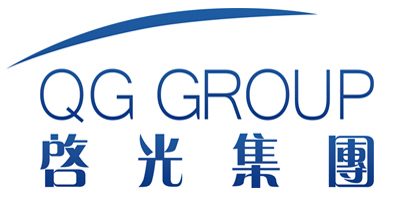Functional Organic Zinc Chelates, Dendrite-Free Zinc Negatives
Aqueous zinc-metal batteries lead to rapid cyclic degradation due to severe water corrosion and dendrite growth.

To solve these problems, Yuejiao Chen and Libao Chen from Central South University designed a highly water-resistant Znx-diethylenetriamine penta(methylenephosphonic acid) interfacial layer with good zincophilic properties and a special nanoscale three-dimensional (3D) particle structure on the zinc (Zn) metal surface.

(1) The experimental results combined with theoretical analysis and COMSOL simulations show that the hydrophobic groups in this zinc-based organic complex are the decisive factor to prevent H2O from damaging the Zn negative surface. At the same time, the interaction of the methylenephosphonic acid group with zinc forms a large number of attractive sites for zinc ions, which provides ion channels for the rapid adsorption and migration of zinc ions. And the well-developed nanoparticle structure on the surface leads to the redistribution of zinc ion fluxes and uniform and dense Zn deposition on the surface.

(2) Under the synergistic effect, this modified Zn anode has a cycle life of up to 1300 h with a low polarization voltage at 5 mA cm-2. In addition, the researchers demonstrated full battery cells (including Zn//V2O5 and Zn//MnO2 cells) assembled based on this anode.
This work provides a simple, low-cost, and efficient pathway to prepare high-performance Zn anodes for the burgeoning aqueous Zn-metal battery through the combination of two concepts: structural design and the construction of a protective layer on the surface.
The slow reaction kinetics and structural instability of organic electrode materials limit the further improvement of the performance of aqueous zinc-organic batteries. In view of this, Xinbo Zhang’s group at the Changchun Institute of Applied Chemistry (CIAC), synthesized polytetrafluorohydroquinone (PTFHQ), a Z-folded hydroxyl polymer with inert hydroxyl groups, which can be partially oxidized to reactive carbonyl groups through an in situ activation process, followed by Zn2+ storage/release. In the activated PTFHQ, hydroxyl groups and S atoms expand the electronegative region near the electrochemically active carbonyl group and enhance its electrochemical activity. Meanwhile, the residual hydroxyl group can act as a hydrophilic group to enhance the wettability of the electrolyte while ensuring the stability of the polymer chain in the electrolyte. In addition, the Z-folded structure of PTFHQ plays an important role in reversible binding with Zn2+ and rapid ion diffusion. All these advantages enable the activated PTFHQ to exhibit a high specific capacity of 215 mAh g-1 at 0.1 A g-1, more than 3400 stable cycles with 92% capacity retention, and an excellent multiplicity capability of 196 mAh g-1 even at 20 A g-1.

